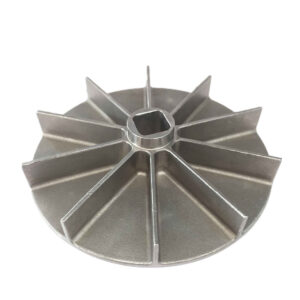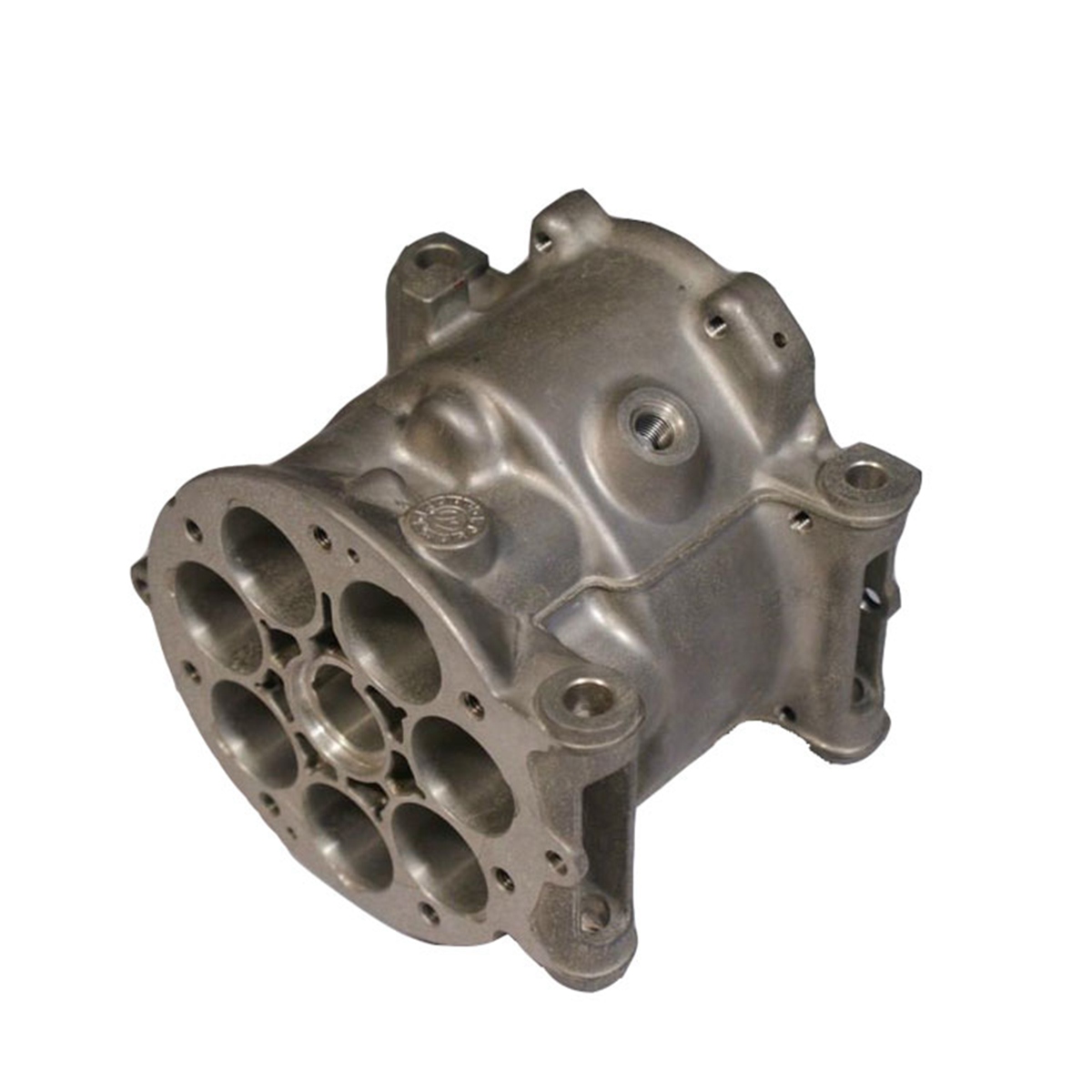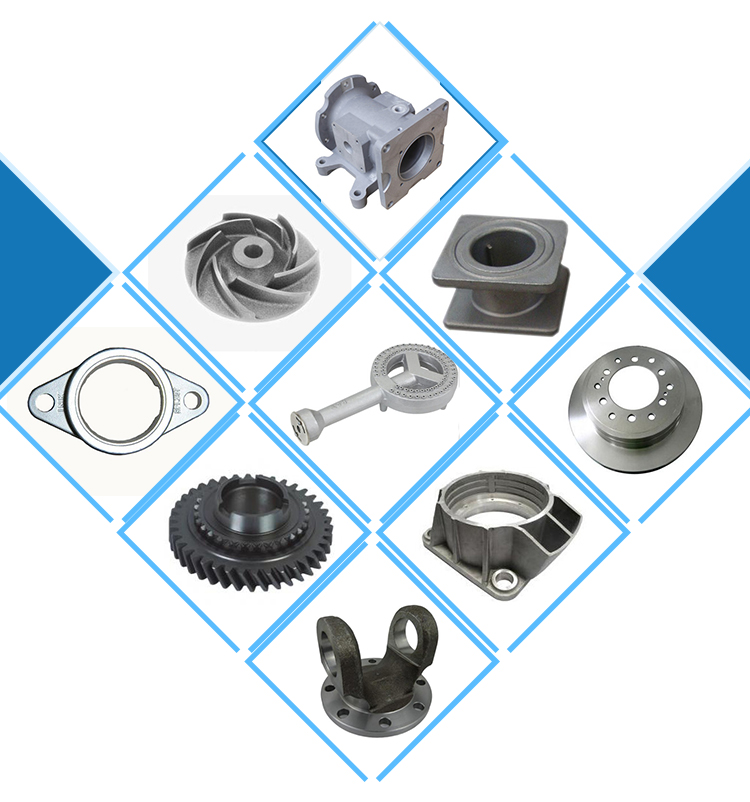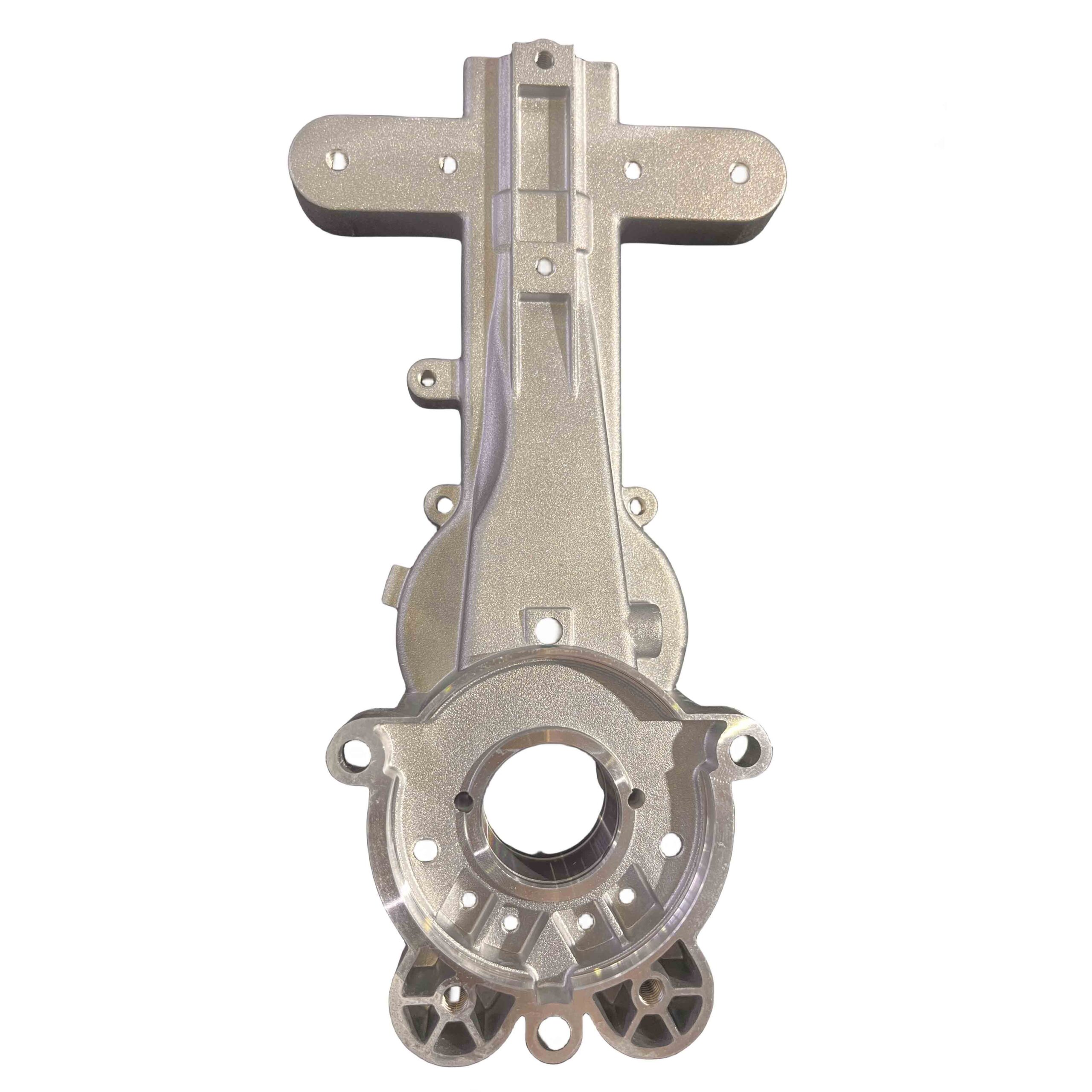
Although gravity die-casting is a widely employed method for the production of non-ferrous components, there are several alternatives available:
- High-Pressure Die Casting: This is a casting method where molten metal is forced into a mold cavity at speed, under considerable pressure. This process is optimal for producing parts with complex shapes, requiring tight tolerances, and great surface finish. The high setup costs, short production cycles and minimal post-processing suit high-volume components. The process is not suitable for all parts, and tooling costs tend to be significantly higher than alternative processes.
- Low-Pressure Die Casting: This is a process in which molten metal is introduced into a mold cavity under low but non-zero pressure. The mold is typically preheated, and a pressurized casting setup is used to fill the mold cavity. This method is appreciated for its ability to reduce fill turbidity and gas entrapment during filling, delivering improved casting quality compared to some other applicable processes. Low-pressure die casting tends to deliver better structural integrity than gravity die casting.
- Sand Casting: This provides a low-tech, moderate-skill alternative for creating parts, particularly those with three-dimensional hollows and details or volumes that don’t suit the capabilities and costs of gravity die casting. In particular, this process doesn’t have the material temperature limitation of die-casting, making it a preferred option for iron and steel castings, even in moderate volumes. Sand casting is versatile and can handle more intricate designs, it also incurs the lowest cost of setup even though it has longer production cycles compared to other methods.
- Investment Casting: This is a viable alternative when high precision and intricate detailing are required and is suitable for both small and large production runs — requiring some degree of automation to enable larger volumes to be commercially feasible. Investment casting offers a streamlined, automated filling process that reduces errors and the need for extensive post-processing, but this involves a high cost to set up.
- Centrifugal Casting: This involves rotating a mold at speed while pouring molten metal into it. Centrifugal force pushes the metal towards the mold walls, resulting in a denser and more uniform casting. It is often used for cylindrical parts like pipes and tubes.
- Squeeze Casting: This is a hybrid process that combines elements of die casting and forging. Molten metal is poured into a mold cavity, and then pressure is applied to the mold to further compact the metal as it solidifies. This results in improved mechanical properties compared to most other casting methods.





